
China’s economy cooled further in the first quarter, according to an AFP survey of analysts, as Beijing resorted to tried-and-tested measures to combat tepid global demand and a bruising US trade war.
The world’s second-largest economy expanded by 6.3% in the January to March period, the poll of 13 economists found ahead of the official release of GDP figures on Wednesday.
It would mark the slowest pace of quarterly growth for almost three decades. The figure remains within the range targeted by the government of 6.0% to 6.5% for the whole year, down from 6.6% in 2018.
To combat the slowdown, Beijing has stepped up support for the economy in recent months, announcing massive tax cuts and other fee reductions to help struggling companies. In March, Chinese Premier acknowledged “downward pressure” but vowed not to let the economy “slip out of a reasonable range”.
Beijing faces a delicate balancing act as it tries to support private businesses in need of credit, without further inflating its debt balloon. Policymakers have turned the credit taps back on after several years of crushing deleveraging, with credit data Friday from China’s central bank showing monetary easing kicking in.
Bank loan growth
Bank loan growth accelerated to its fastest monthly pace since 2016, said Chang Liu of Capital Economics, noting it usually takes six months for credit growth to translate into greater economic activity.
But another economist, Bjorn Giesbergen of RaboResearch, warned that loans have not always reached the private sector and “China's debt-to-GDP levels are already excessive”. The problems are only going to get “exponentially worse” if the new credit again does not flow to the private sector, he said.
Policies enacted in April, like cutting the value-added tax, and a cut in company social insurance contributions coming next month will more directly help China’s struggling private sector.
Last year China’s infrastructure investment fell to 3.8% on-year growth, down from years of near 20% expansion.
In recent months, big earth-moving projects that Beijing had put on hold were restarted to pull along the economy. Growth was largely driven by infrastructure investment, with project approvals front-loaded and huge special bond issuance, said Nathan Hung Lai Chow, an economist at DBS.
“Consumer confidence remained fragile due to job insecurity,” Chow said.
China’s normally steady unemployment rate rose to 5.3% in February, from 4.9% in December, while retail sales growth remained near a 15-year low.
The International Monetary Fund on Tuesday raised its forecast for full-year growth to 6.3% from 6.2%, citing China’s ramping economic stimulus and clearing trade tensions with the US.
All signs point to the US and China closing in on a trade deal after nine rounds of high-level talks between the two economic giants. In 2018 Washington and Beijing slapped tariffs on more than $360bn in two-way trade, biting into their manufacturing sectors.
Chinese data on Friday showed the politically sensitive trade surplus with the US widened to $20.5bn in March from $14.7bn in February.
One sticking point in the talks had been an insistence by American officials that any final agreement have teeth — but it appears the negotiators have found a resolution.
“We’ve pretty much agreed on the enforcement mechanism,” US treasury secretary Steven Mnuchin said last week.
But no date has been set to bring together President Donald Trump and his counterpart Chinese President for a deal signing.
“We think that growth will find a floor in (the second quarter) in response to the macro policy easing and improved confidence following the easing of tensions with the US,” said Tommy Wu of Oxford Economics in a note.
















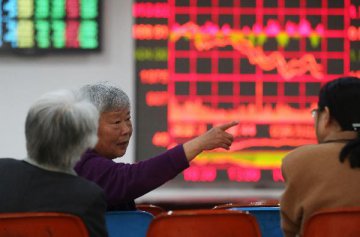
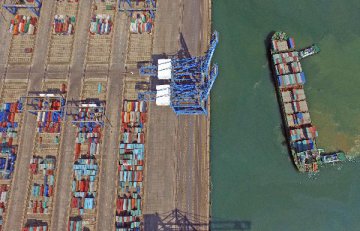
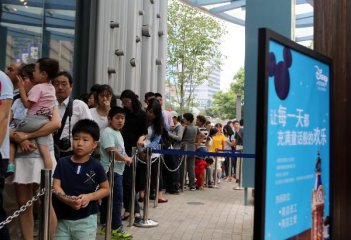
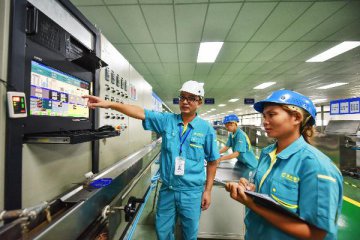
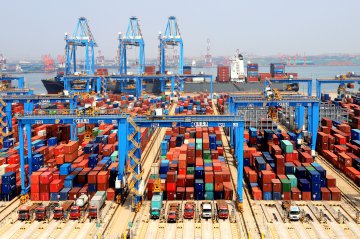
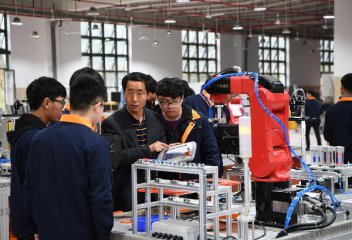


Latest comments